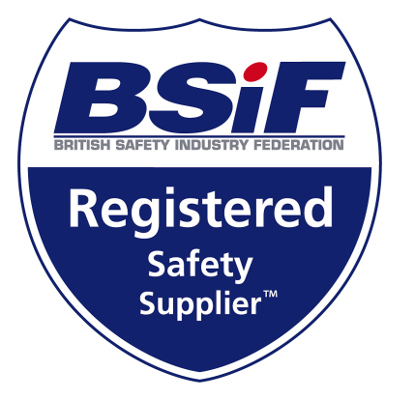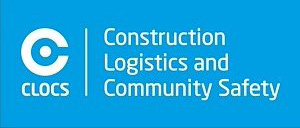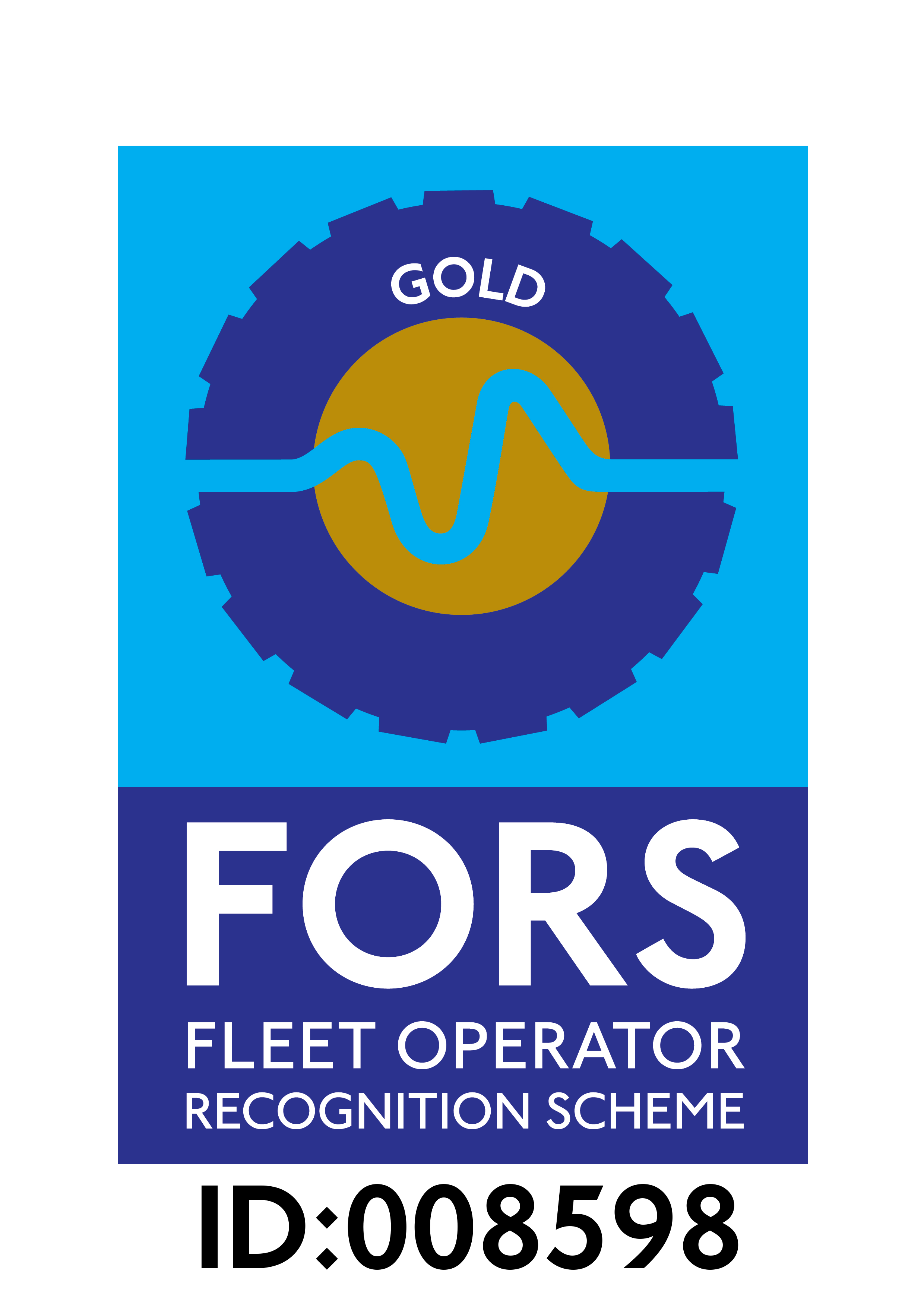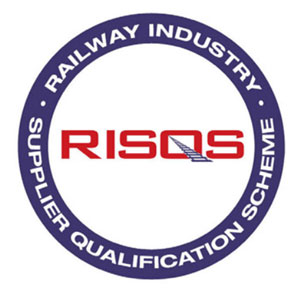Supporting Construction to Combat Harmful Dust
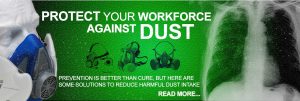
November 2017
Respiratory equipment, power tool suppression devices and vacuum cleaners can help protect site workers from harmful dust, including respirable silica dust – one of the biggest causes of fatal lung disease in construction.

“The Health and Safety Executive’s latest figures on the dangers of exposing workers to harmful dust is a timely reminder that, alongside controlling exposure, providing suitable respiratory protective equipment (RPE) is a critical part of every dust risk management strategy,” said OnSite Support Sales Director Damian Lynes.
The HSE’s 2016/17 injury and ill-health statistics show exposure to harmful dust at work causes 12,000 deaths a year. About 800 of these are caused by exposure to respirable silica dust (from concrete, brick and stone), second only to asbestos.
Minimising the amount of dust produced, by using different materials, less powerful tools or changing work methods, is the first step in any risk management strategy. Dust can also be controlled by fitting water suppression devices to cutting tools to damp down dust clouds, by using on-tool dust extraction and by ensuring work areas are well-ventilated and kept clean of dust.
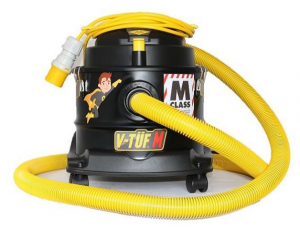
“It is critical that Lung Safe-approved M Class vacuum cleaners are used to clean-up after work, because only these machines are capable of trapping more than 99.9% of dust with a particle size of less than two microns, such as respirable silica,” Lynes explained. “L class vacuums are commonly used on site but they are only suitable for filtering lower-toxicity dusts, such as gypsum in plasterboard.”
However, it was difficult to eliminate exposure to dust completely, so providing suitable respiratory protective equipment (RPE) was a crucial element of any strategy, he added.
“RPE comes in all shapes and sizes, from disposable to full-face masks, such as JSP’s Force 10 system, which uses replaceable filters to offer maximum protection from a wide range of dust types.
“Manufacturers are innovating all the time. For example, JSP is launching a new system, the Powercap Infinity, in early 2018, providing complete respiratory, head, eye and face protection and incorporating power-assisted breathing apparatus.”
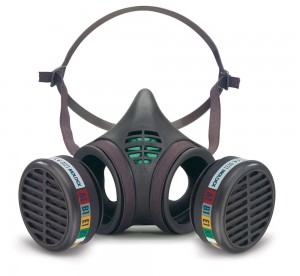 Getting a good fit was also crucial, Lynes said. “Poorly-fitting RPE is the biggest cause of leaks, and because, if equipment is not comfortable, workers may not wear it. Many regulations, including COSHH, require face-fit testing.”
Getting a good fit was also crucial, Lynes said. “Poorly-fitting RPE is the biggest cause of leaks, and because, if equipment is not comfortable, workers may not wear it. Many regulations, including COSHH, require face-fit testing.”
As well as M-Class vacuums, dust suppression water bottles and a wide range of RPE, OnSite Support supplies face-fit test kits, enabling employers to check masks are fitted properly before work begins.
“HSE’s latest construction inspection campaign, launched in October, focuses on the control of harmful dust, so it is vital for employers to work with their suppliers to ensure operatives are using the most appropriate RPE and are trained in how to use, clean and store it,” Lynes said.
Update April 2018: Introducing PowerCap Infinity
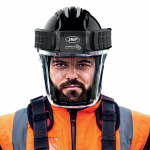
PowerCap Infinity is the only product respirator on the market with a 4 in 1 solution for respiratory, head, eye and face protection. It is also is truly self contained, with no separate battery or blower pack.
It is also easy to operate and can be used by anyone with no face fit testing required. This helps maintain efficiency on site.
When it comes to fit, PowerCap Infinity is one of the few products on the market that can be used by those with facial hair and that also caters for different face shapes and sizes




